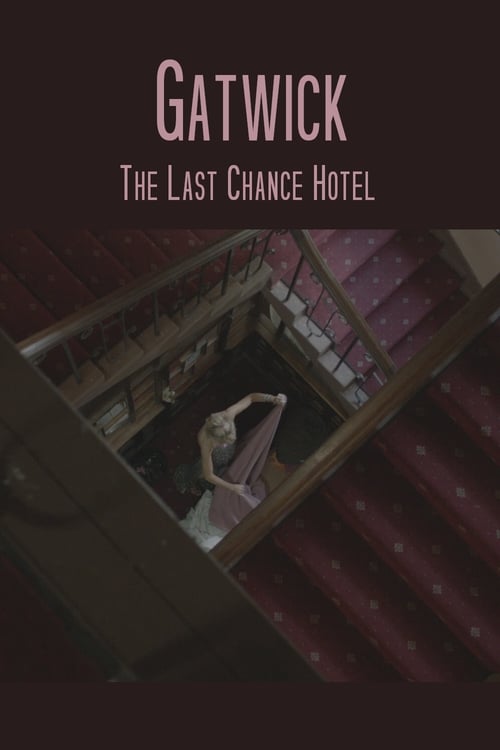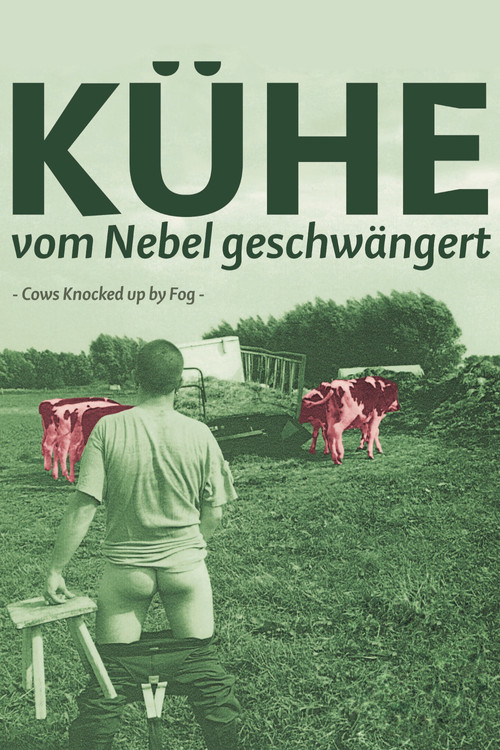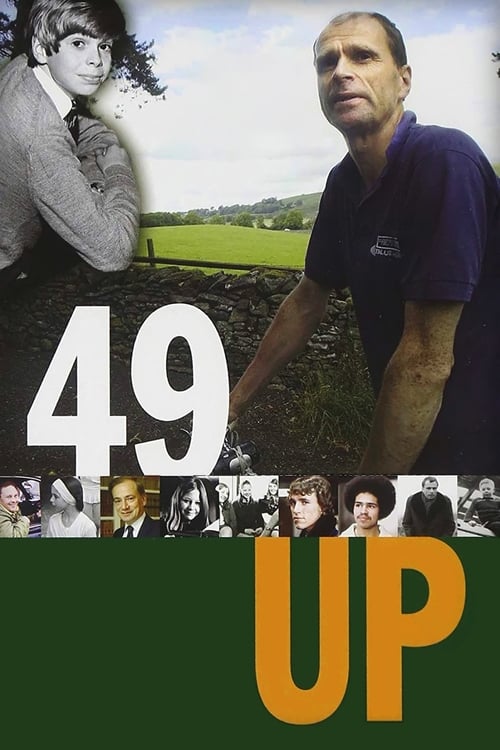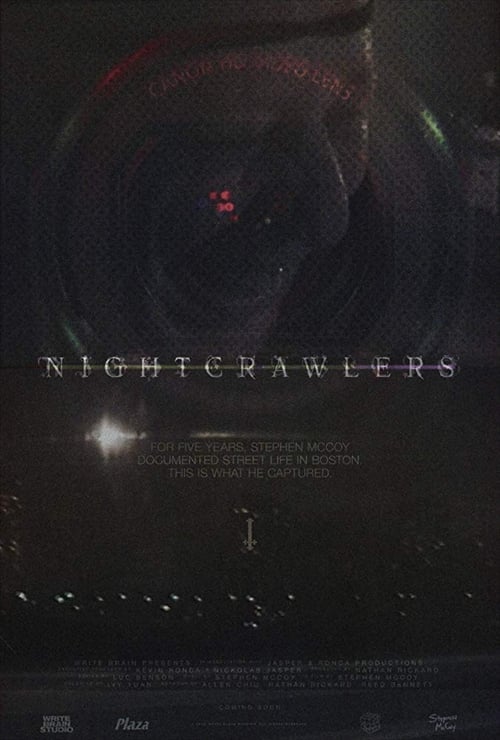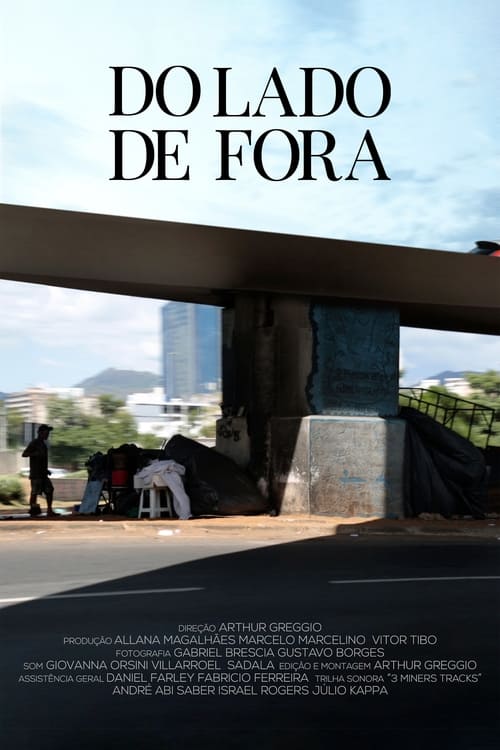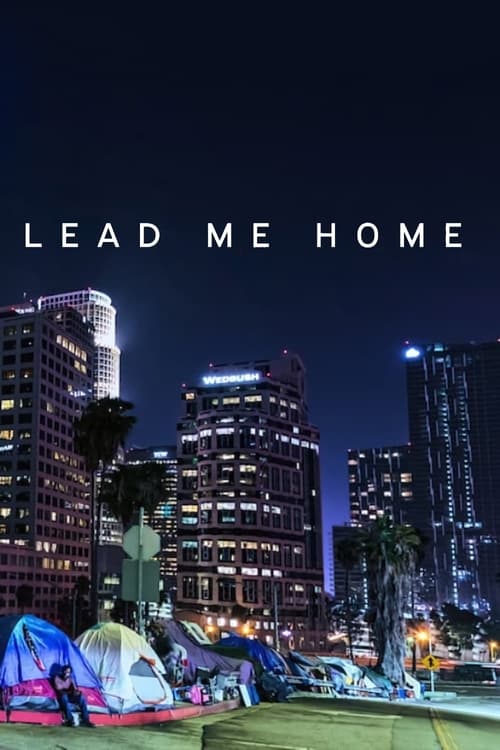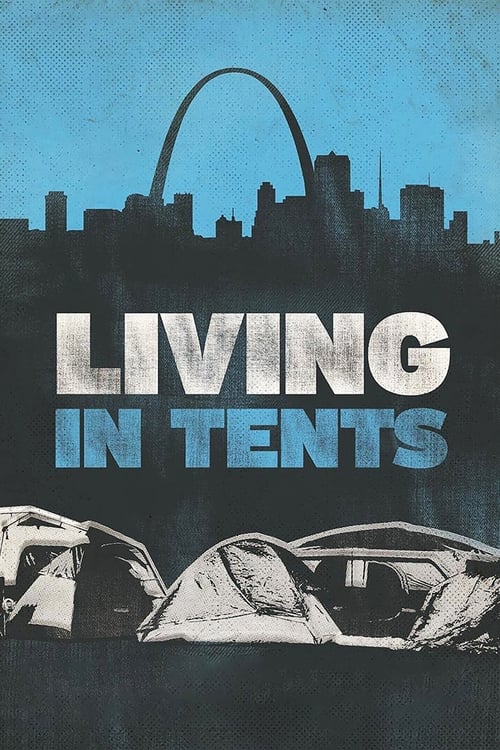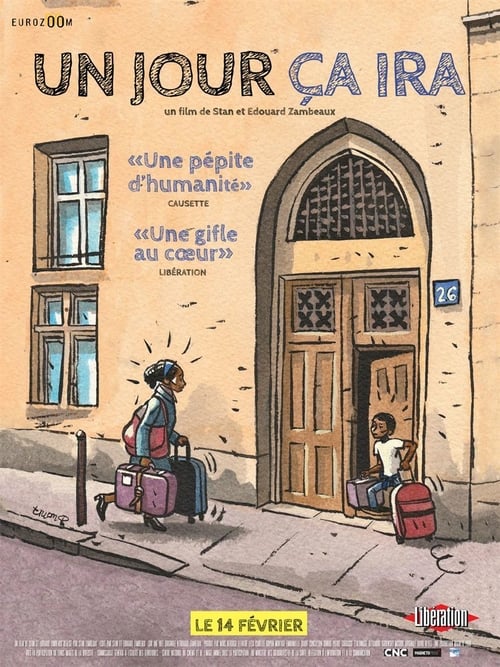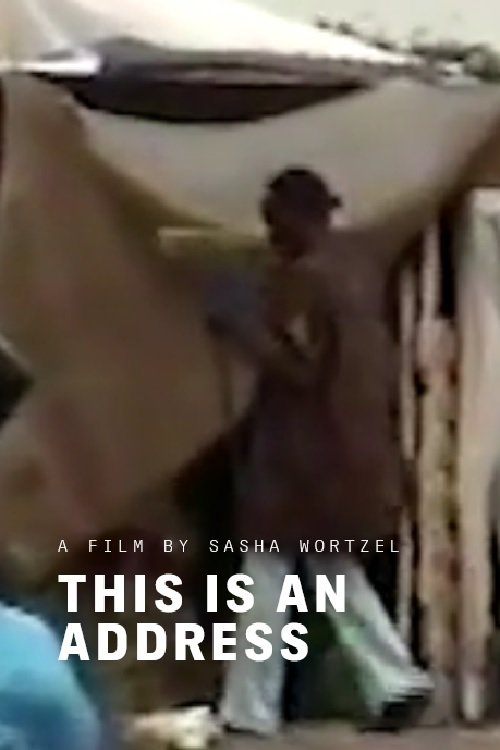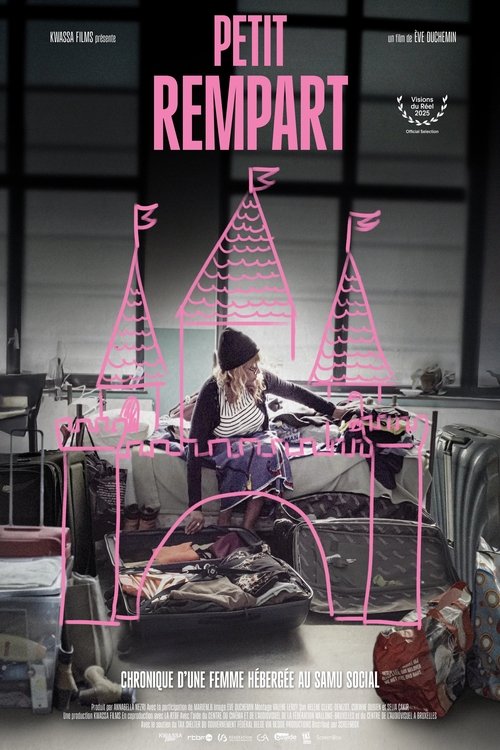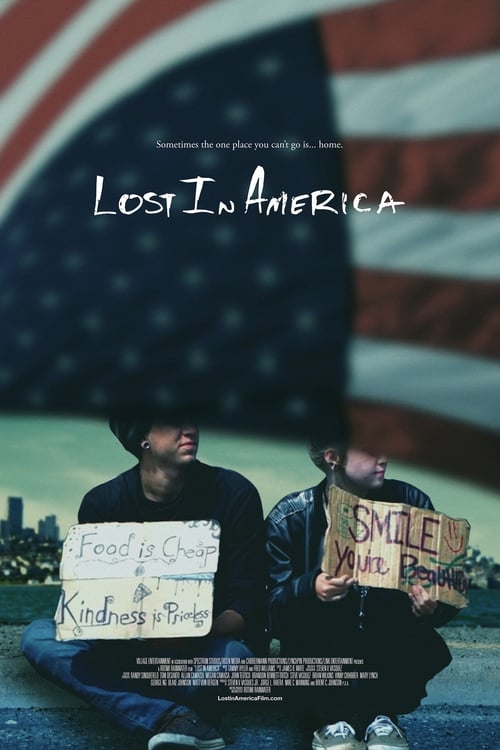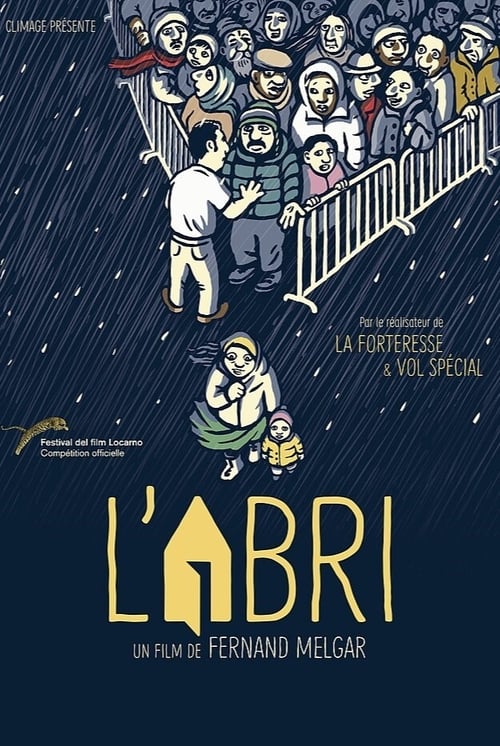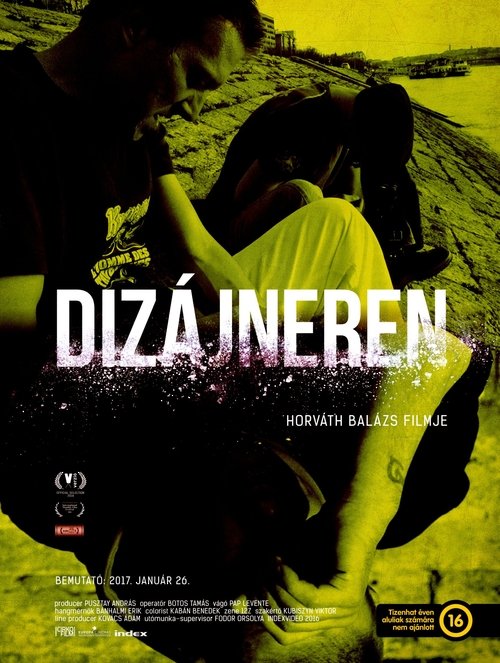Black Film
Director invites six homeless men to his flat for a few days (surprising his wife). He asks officials and people on the street if someone can help them, this being SFRJ, a state officially without those left on their own.
Cast

Želimir Žilnik
as Himself

Luka Bauer
as

Franja Handreva
as

Aleksandar Lopatin
as

Stevan Palinkas
as

Cveta Vuletic
as

Ivana Žilnik
as

Milica Žilnik
as

Milorad Zivancev
as
